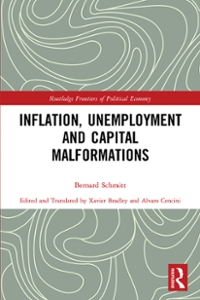Please answer all
13. In the case of a positive externality: 3.. prices will be higher than they should be and quantity will be lower than is socially optimal. b. prices will be higher than they should be and quantity will be higher than is socially optimal. c. prices will be lower than they should be and quantity will be lower than is socially optimal. d. prices will be lower than they should be and quantity will be higher than is socially optimal. 14. To reach an economically eicient output level, the size of a tax imposed on a rm gener- ating a negative externality should be: a. the rm's marginal cost. b. the social marginal cost. c. the sum of the social marginal cost and the rm's marginal cost. d. the size of the externality. 15. Marginal costs sometimes fall when production rst starts ramping up. Why? a. Hiring more people allows for specialization. b. Average xed costs fall dramatically once production rises. c. The Law of Diminishing Marginal product means productivity falls as more variable inputs are added. d. Variable costs are zero when production is zero. 1. If the wage is $250 and rent is $6.75, complete Table 1. Table 1 #Workers #Machines Output MP TFC TVC TC|AFC AVC ATC MC 0 30 0 30 20 2 30 44 3 30 72 30 96 CT H 30 116 30 132 30 144 30 152 30 156 2. Consider Table 1. What is efficiency scale? Explain what this means. 3. Explain why marginal cost looks the way it does? (ie if it increases, why? If it decreases, why?) 4. If the price of this good is $31.25, how much do they produce? Explain. 5. If the price of this good is $31.25, how much profit/loss does this company earn? Show work.6. If the price of this good is $31.25, would this company stay in business? Explain. If your answer is no, rnalce sure to clarify if they would leave immediately or in the long-run. 7. If the price of this good is $8.93, how much do they produce? Explain. 8. If the price of this good is $8.93, how much prot / loss does this company earn? Show work. 9. If the price of this good is $8.93, would this company stay in business? Explain. If your answer is no, make sure to clarify if they would leave immediately or in the long-run. 10. You live in rural West Virginia and a company decides to [rack for oil in the mountains around your town. This pollutes the water, creating a negative externality. a. Explain what this means and why it poses a problem. b. Graph this situation and discuss the market and social equilibriums. c. How might this problem be solved









